These primates are classified as endangered species, falling under Group IIB, recognized for their significant genetic diversity conservation value by the Government’s Decree 06/2019/ND-CP, the local news site Baotayninh (baotayninh.vn) quoted Nguyen Thanh Vinh, head of the Mobile Forest Protection Team at the Tay Ninh Forest Protection Department, as saying.
According to Vinh, some of these monkeys were once domesticated by locals before being released into the forests. Their dependence on tourists for food due to a lack of natural survival instincts has made them an integral part of the site’s ecosystem.
Visitors to the Tay Ninh Cao Dai Temple now have the opportunity to observe the monkeys’ natural behaviors, from swinging through the trees to foraging for food. Their playful antics and interactions with visitors have become a highlight for tourists.
Tay Ninh Cao Dai Temple is one of the first and most important temples of Cao Dai in the country.
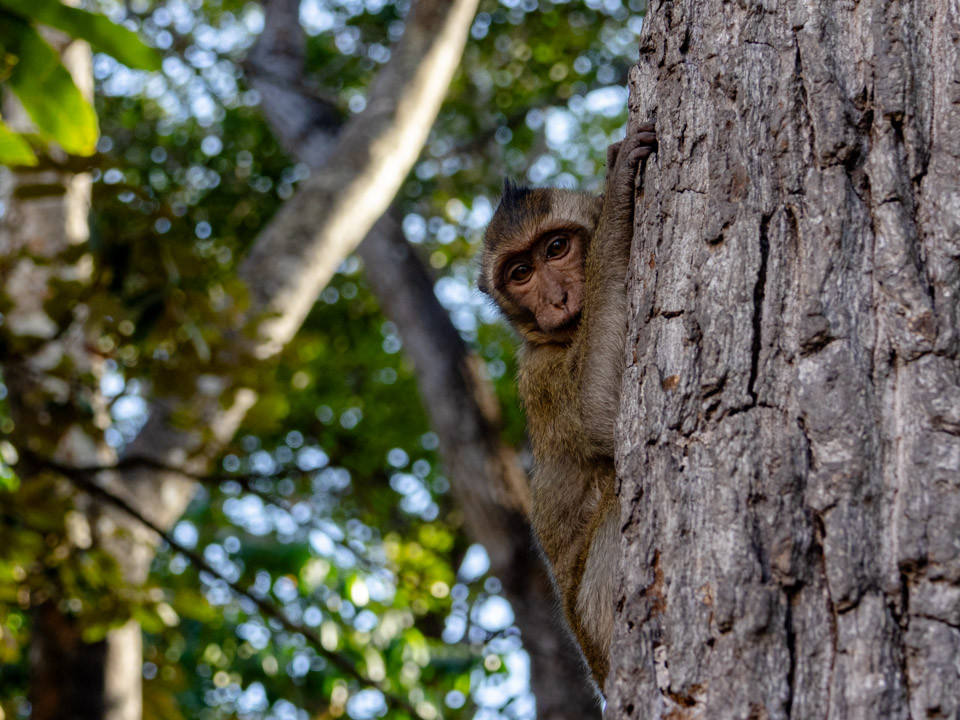
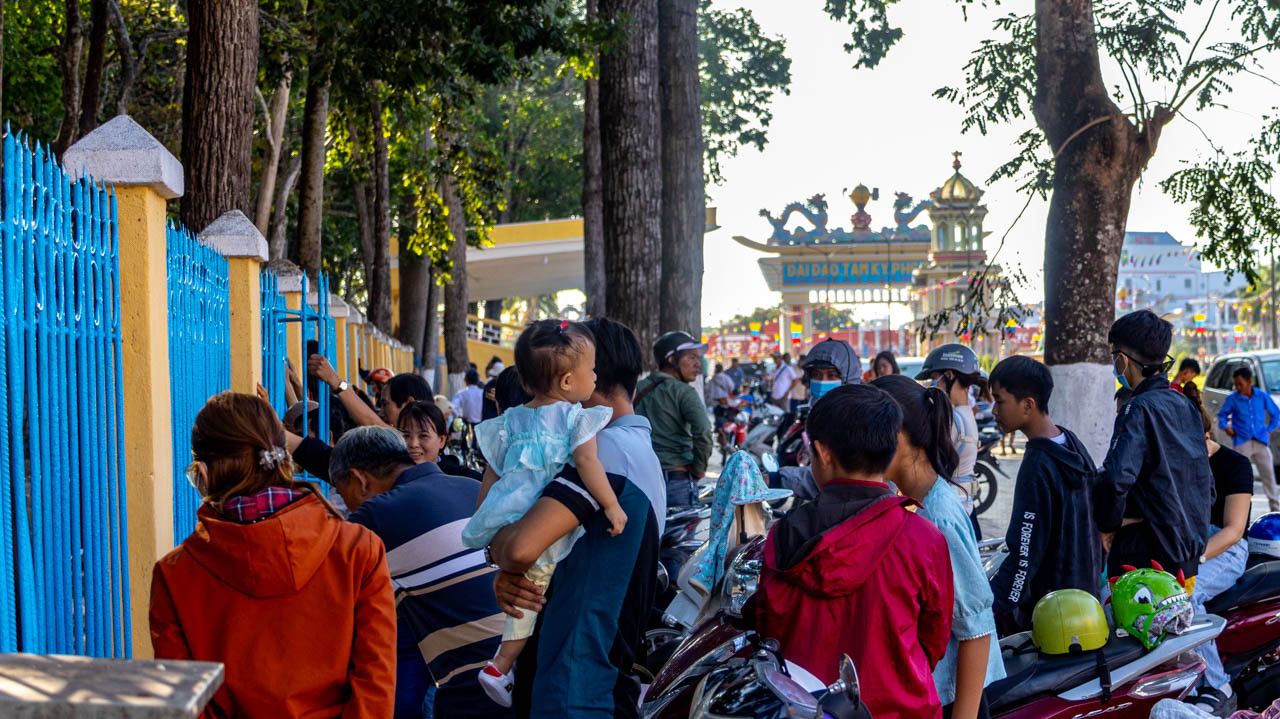
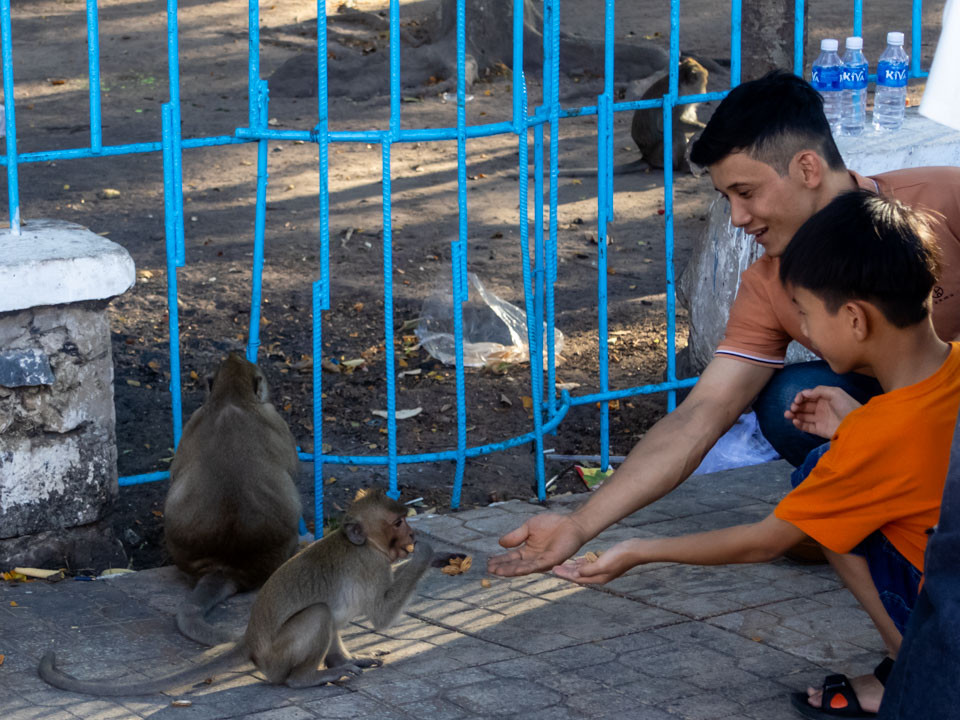
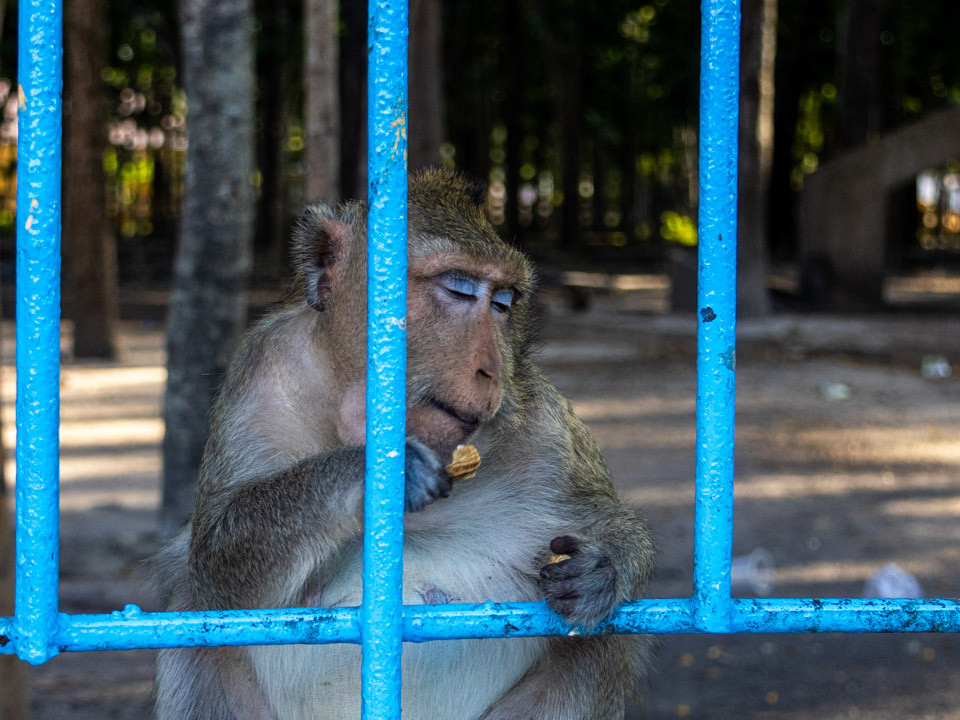
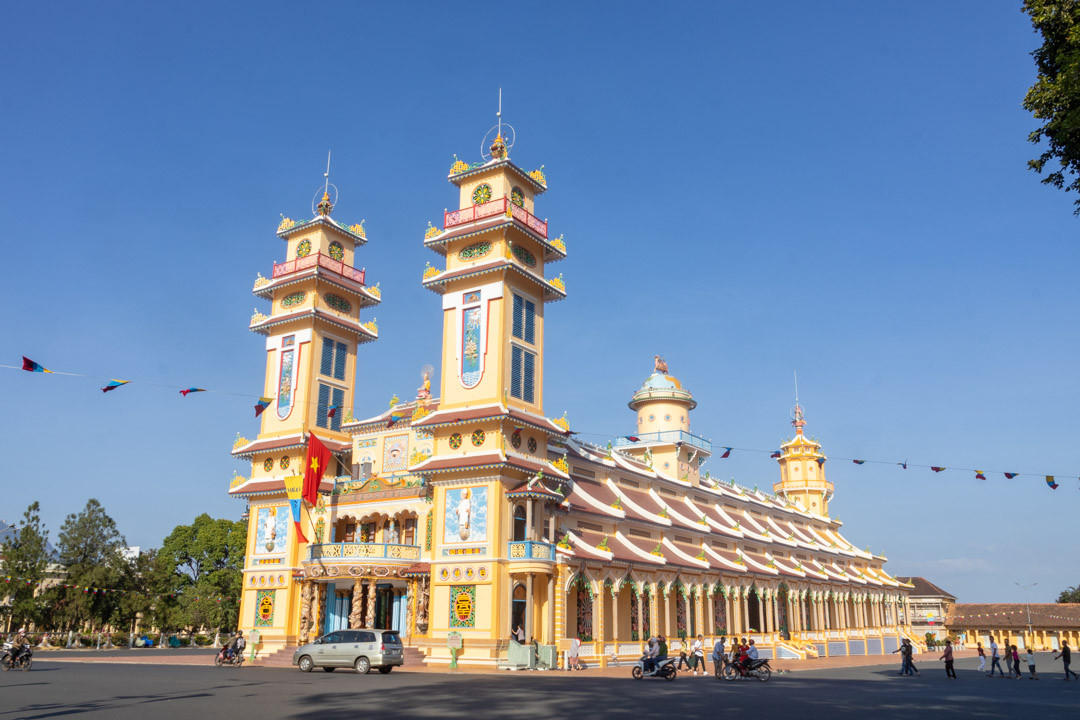
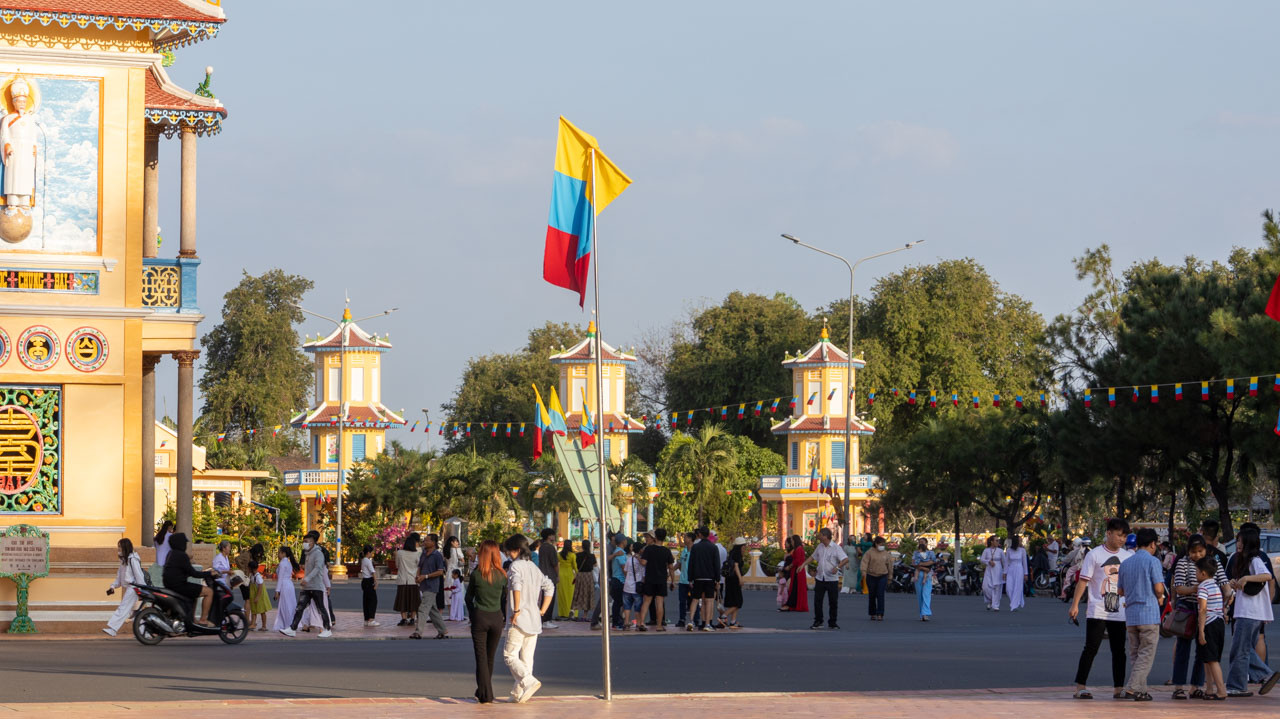

Source: Saigon Times